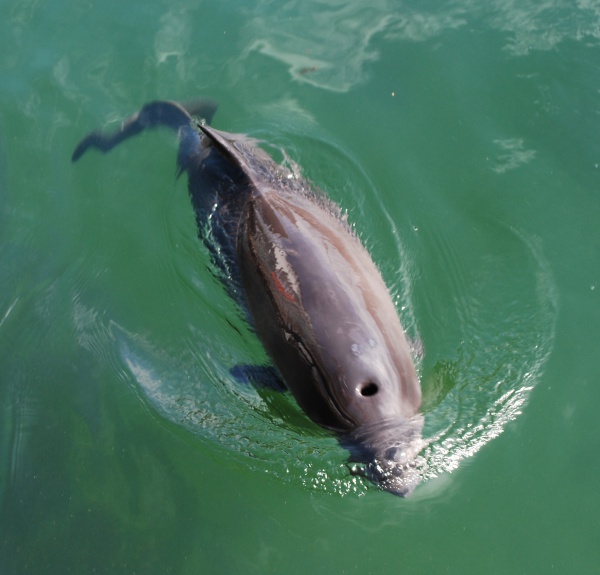Facts About Harbor Porpoise
The harbour porpoise is a small marine mammal that belongs to the porpoise family and is often found near coastal areas and river estuaries. As one of the smallest marine mammals, it is a favorite among whale watchers. Harbour porpoises have distinct populations spread across different regions, and scientists have identified various subspecies based on their geographical locations. The name "harbour porpoise" has roots in Latin and Greek, and people in different regions call it by various local names.
Physically, the harbour porpoise is smaller than other porpoises. It has a robust body, a dark grey dorsal fin, and lighter grey sides. Occasionally, entirely white individuals have been documented. Notably, a rare case of conjoined twins was discovered in Dutch waters. These porpoises are typically found in cooler coastal waters of the North Atlantic, North Pacific, and the Black Sea, with distinct populations in each area.
There are at least 700,000 harbour porpoises globally. While numbers have increased in some areas like the North Sea and parts of the United States, some subpopulations are still at risk, especially in the Black Sea and the Baltic Sea. Harbour porpoises face several threats, including historical hunting, entanglement in fishing nets (bycatch), overfishing that reduces their food supply, noise pollution, and climate change that affects the distribution of their prey.
In terms of lifestyle, harbour porpoises prefer temperate and subarctic waters. They have specific feeding habits, social behaviors, mating patterns, and lifespans. Conservation efforts are underway to protect them, with various international agreements and organizations working towards their preservation. Although the harbour porpoise is not globally threatened, certain populations are considered vulnerable or endangered, making conservation actions crucial for their survival.

 Armenia
Armenia